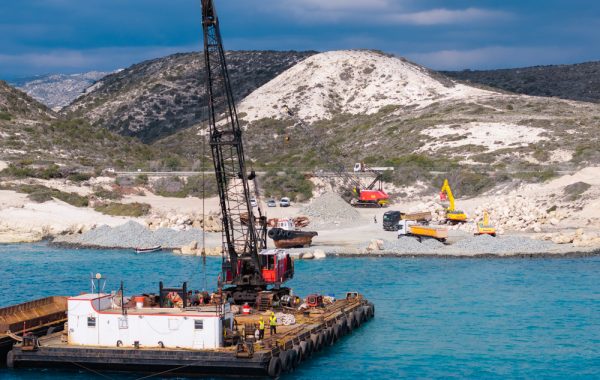As we are heading towards 2020, we are approaching the deadline to achieve Europe’s mandatory energy targets for Cyprus. That is, the share of energy from renewable sources to reach 13% of the gross final energy consumption.
By June 2018, Cyprus has achieved 72% of that target. According to the most recent National Action Plan for Renewable Energy Sources (RES), there is a 288 MW target for photovoltaic systems and a 175 MW target for wind power. By June 2018, we were missing 171 MW in photovoltaics and 17.5 MW in wind farms. At the same time, the free market in electricity production is underway.
What has happened between June and now? As anyone who is familiar with the Cypriot reality in the face of a deadline can imagine, there is an increase in applications for photovoltaic park permits. One could reasonably assume that these would be referring to installation of solar panels on the roofs of government buildings, schools, hospitals and factories. And if that was the case, this would have been more than good news and we would gladly accept it. Climate change is one of the most important threats facing our planet today and renewable energy sources that discourage the use of fossil fuels are part of the answer to this problem.
Unfortunately, from the almost 200 Photovoltaic Park applications currently being assessed for their environmental impact, many refer to Parks in valuable farmland and high biodiversity areas such as Natura 2000 sites and Important Bird Areas (IBAs). In recent months, and especially in recent weeks, several applications have received the green light from the Department of Environment and in many of these cases ignoring the objections expressed by the Department of Agriculture, which stresses the fertility of these areas. At the same time, a windfarm is being assessed within a Natura 2000 site in Larnaka district.

What will be the price for the 171 MW of solar and 17.5 MW of wind energy that we must achieve? Our fertile farmland? Our traditional rural landscape? Our biodiversity? The most important wetland system on the island, in Akrotiri Peninsula, where one of the largest photovoltaic parks is being proposed?
We remain alert to RES projects in the countryside and we continue to exert pressure on decision-makers on the policies for the placement of these developments, calling for spatial planning that, through strategic environmental assessment, takes protected areas and high nature value farmland into consideration.




